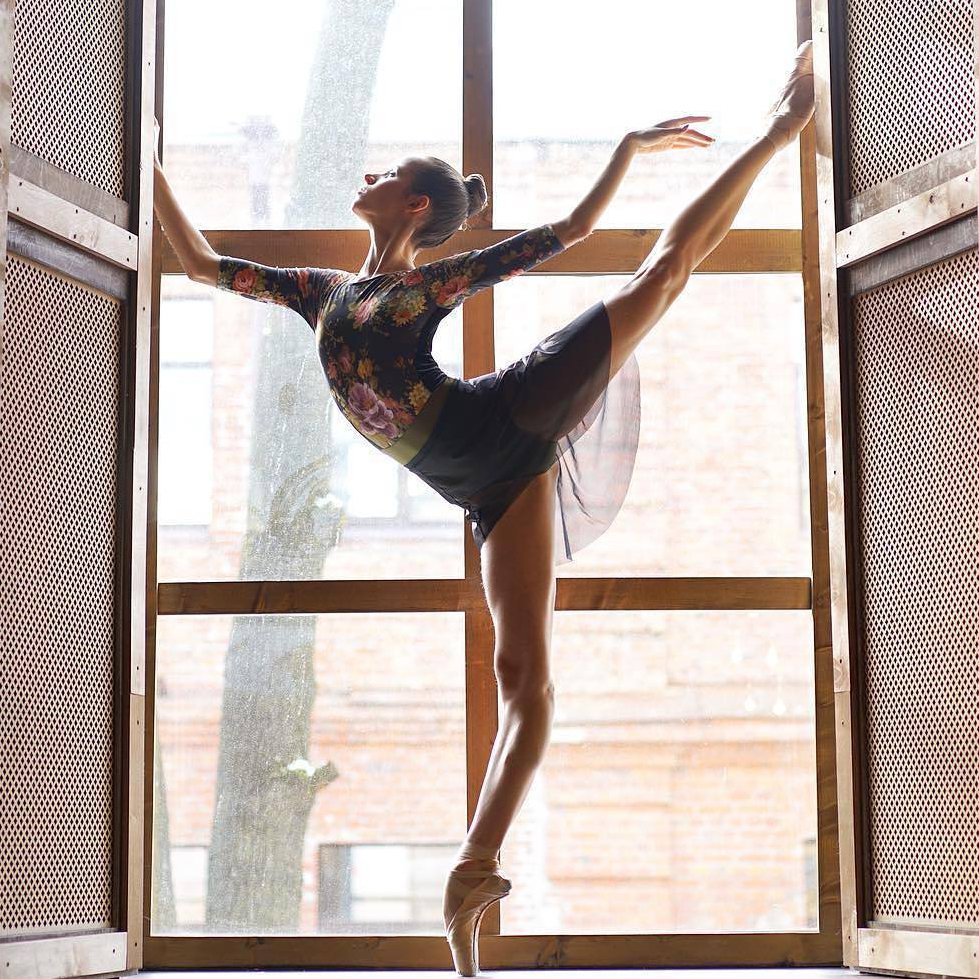There are tons of different forms of dance. The oldest proof of the existence of dancing comes from a 9000-year-old cave painting scientists found in India. The images depict scenes of communal drinking and dancing. In the third millennia BC, Egyptians started using dance as features of their religious ceremonies. Rhythm is an indispensable element of dancing, and now ordinary people use dance for celebrations, entertainment, and seduction as well as to induce a feeling of euphoria. Here is a look at different forms of dance that people in today’s world enjoy:
Snapshot Survey
Thanks for sharing your thoughts!
Please subscribe for your personalized newsletter:
Successfully subscribed!
Thank you for subscribing! Check your inbox for personalized content.
1. Ballroom
These dances started in Italy during the Renaissance and are somewhat formal. They became popular throughout Europe and later in the United States and other countries. Tango, Samba and Mambo are well-known ballroom dances.
2. African-American
These dances developed within the Black community in everyday spaces instead of studios and formal settings. The style places value on improvisation and ongoing change. Swing, tap, and hip-hop (street dance) fall into this category.
3. Modern
This style rejects the strict rules of classical ballet and focuses on the expression of inner feelings. It emphasizes creativity in choreography and performance. Horton, Graham and Cunningham are modern dance styles named after choreographers.
4. Line
Line dances are easy to learn because the steps are straightforward, and you do not have to coordinate your movements with a partner. Line dances also involve repeating series of steps. This genre originated in the disco dancing age, though the concept goes back to folk dances such as the Virginia reel. Some examples of line dances are The Electric Slide, The Boot-Scootin' Boogie, and The Macarena.
Snapshot Survey
Thanks for sharing your thoughts!
Please subscribe for your personalized newsletter:
Successfully subscribed!
Thank you for subscribing! Check your inbox for personalized content.
Comments

EST 2005
Evolve. Empower. Elevate.
- Creators on the platform
- 3,000+
- Total social reach
- 12M+
- Features published
- 100K+
Create your profile. Earn badges. Level up your reading.
Join Allwomenstalk to track your streaks, collect badges, and earn XP for the things you already do—reading, sharing, and taking quizzes.
- 🔥Daily streaks with gentle boosts for 3, 7, and 30 days.
- 🏅Collect badges like Reader I–III, Socialite, and Quiz Ace.
- ⚡️Earn XP for reads, deep reads, likes, comments, and shares.
It’s free. Takes 30 seconds. Already have an account? Sign in.




Feedback Junction
Where Thoughts and Opinions Converge